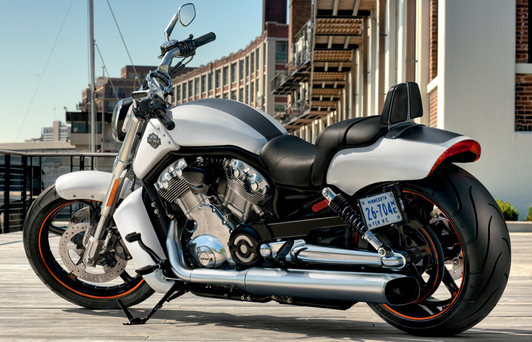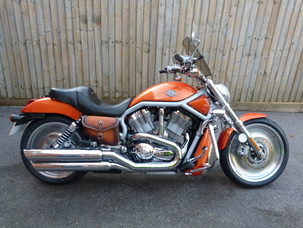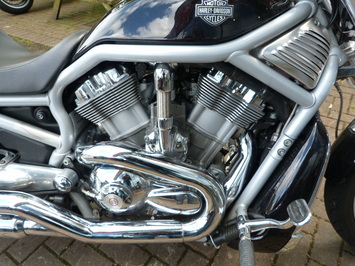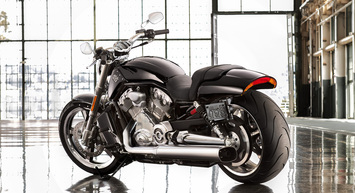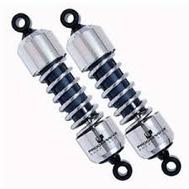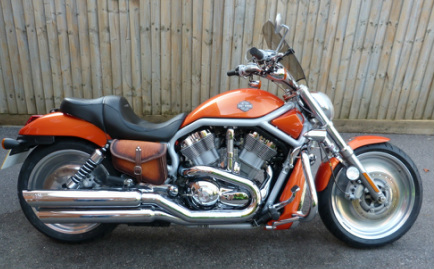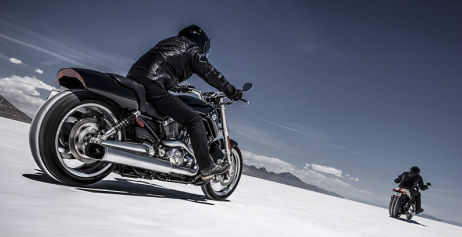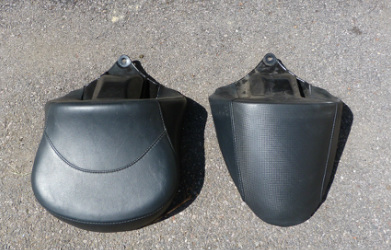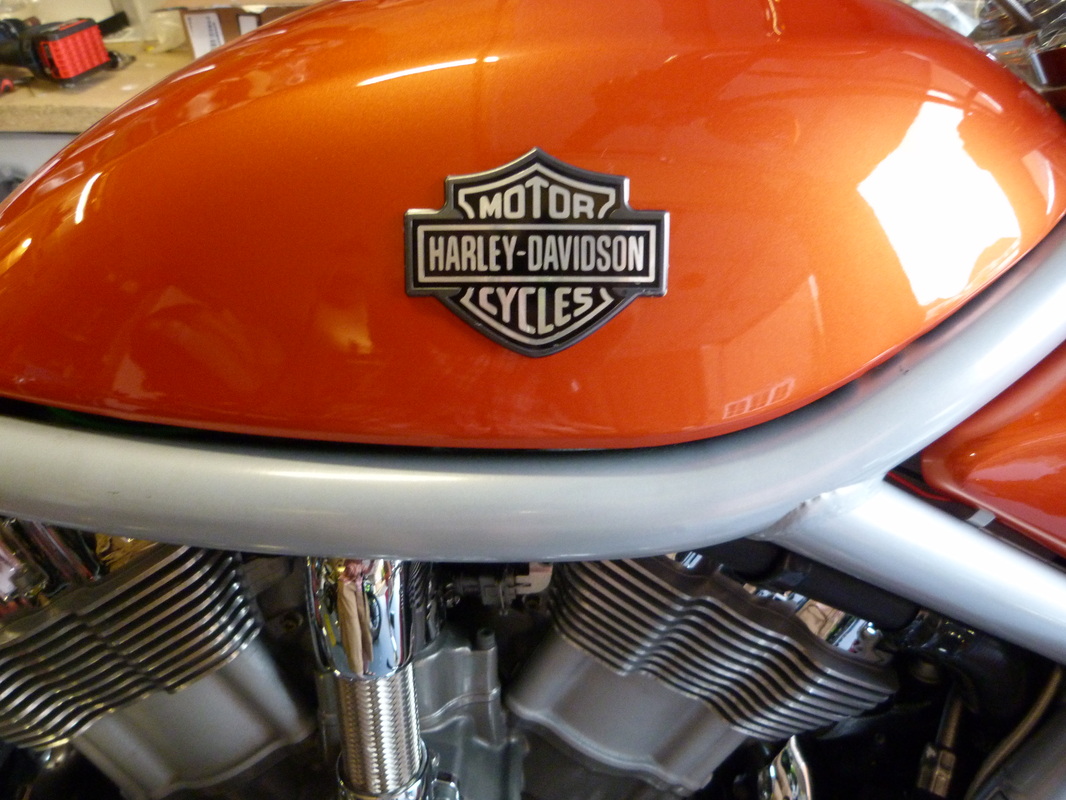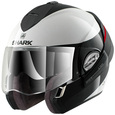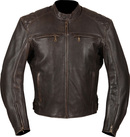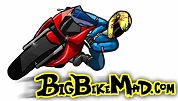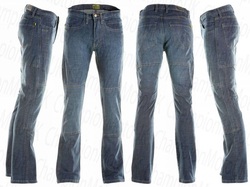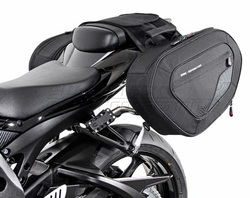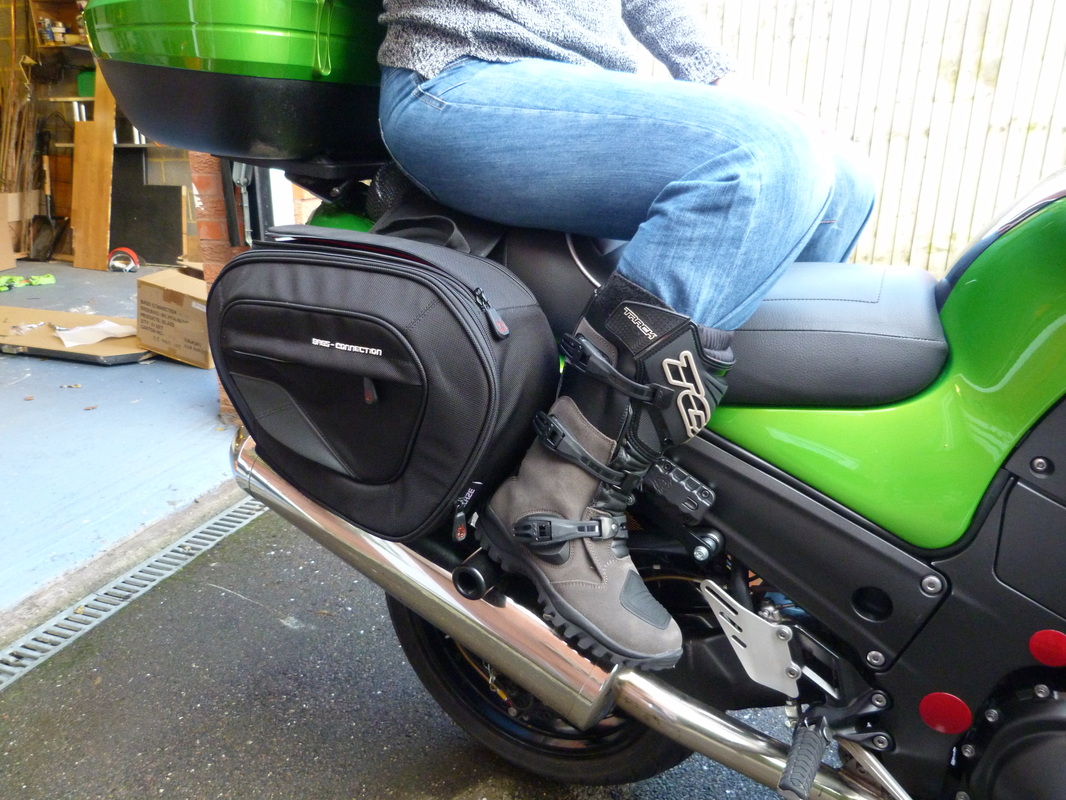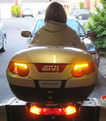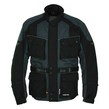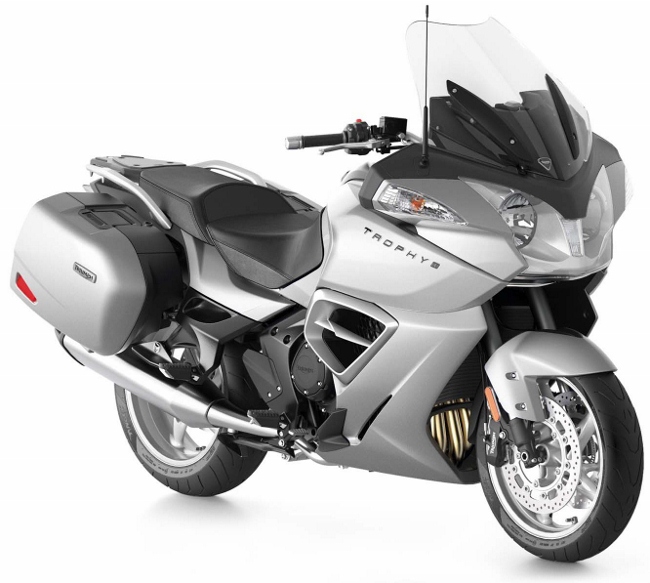- Bigbikemad Home
- Bike Reviews
- Product Reviews
- Clothing Reviews
- Videos
- Tech.Topics
- Memories
- Sounds!
- Contact Us
- Three Bikes in Three Summers: Touring in Ireland
- Kawasaki ZZR1400 ZX14 Project Page
- Scottolier V System Install on Kawasaki ZZR1400
- LED Running Lights ZZR1400
- Motorcycle Airbags
- News Offers, Discounts, and Stuff
- Legal Eagle
- Oxford Digi-Gauge Tyre Pressure Gauge
- So You've Had An Accident ...
- FJ 1200 Review
- Write It Down!
- Rukka Argonaut Trousers
- Untitled
- TCX X Desert GTX Boots
- Urban Cowboy? We take a look-see at BMW's F700GS
- Untitled
- Motorcycle Heaven; Ireland on a ZZR1400 - 2014 Tour Report
- Harley Davidson Fat Bob - Review
- Harley Davidson V-Rod - Project Page
- Triumph Rocket III - Project Page
- Ta-Ta Tax Disc
Harley Davidson V-Rod – Review
Heavy Metal
Harley’s V Rod is unique and in our view has a special place in the history of motorcycles. It fits well with the Bigbikemad ethos – we just love anything big, powerful and especially so if its touched by more than a little madness. There are of course other power cruisers out there; Yamaha’s V-Max and Ducati’s Diavel come to mind before we even get onto the likes of the Rocket III and the Honda Valkyrie. But none of these machines are Harley’s.
.
.
|
What makes the V-Rod so interesting is that, whereas Yamaha, Ducati and their ilk have long been comfortable with cutting edge technology and high output engines, this was HD’s first real foray into a mass produced powerful motorcycle.
Out went the huge capacity, low-output air-cooled 45 degree V twins and in came a 60 degree vee; liquid cooled, designed by Porsche and putting out (for a Harley) an astonishing max of 125bhp. Large twin discs went up front to slow the beast, and the designers experimented with mass centralisation by putting the tank under the seat. |
The bike feels like no Harley either; sure, it has the same cruiser riding position, with feet well forward. But this baby revs to 9,000 RPM and is SMOOTH while doing it. It doesn’t shake your fillings out, nor does it leave you playing catch up at traffic-light GP’s. But the sublime music of a tuned up V-Twin remains; a wonderful growl that rises to a snarl as the 1130 or 1250cc engine passes the normal territory for the marque and heads upwards into the stratosphere. Sure aint like any Harley we’ve ever ridden, that’s for sure, and Harley traditionalist agree – they hate it.
|
But, while we’re not died-in-the-denim Harley fans, we like it. The V-Rod is hard as a trainload of Terminators; tinned testosterone on two wheels. If it was a meal it
would be a triple Big Mac with double cheese, jalapenos, and three thick shakes; if there
could be a musical equivalent it would be ZZ Top’s baseline played at concert volume. Subtle it
ain’t, redneck it may be, but a whole load of fun it is for a certainty.
To see how we turned a dowdy 2002 model into a zingy new V Rod (see right >) and check out our V Rod project page. |
The technical stuff…
The original VRSC V Rod had an 1130c 60 degree water-cooled engine (69 cubic inches in old money) based on the company’s 1000 sportsbike (the VR1000), which had been developed with Porsche. The engine was named, appropriately the ‘Revolution’ engine, which in engineering terms it certainly was for Harley.
The bike’s mill was an oversquare 8 valve, DOHC unit, running at 11.3:1 compression, kicking out 115bhp at the crank (more than an early Fireblade). It was fitted with balancer shaft and rubber mounts to cut vibes. In 2008 capacity went up to 1250cc and power was increased to 125bhp and a slipper clutch was added. Transmission for all models is via a five speed box with power delivered to the back wheel via a toothed belt. The first V Rods featured chunky upside down 49 mm forks and a 180 mm rear tire, with solid disc wheels. Fuel capacity at just 14 litres (about 3 gallons) was tiny and the mishapen plastic tank was squished into the nooks and crannies under the seat. Brembo front brakes came along in 2006 (though the brakes on earlier models were good) and a massive 240 section rear tyre and 5 gallon tank in 2007. ABS arrived in 2008.
Overall design took its inspiration from drag and custom (VRSC stands for V-Twin Racing Street Custom), with a raked out front fork and a long, low profile resulting in a 67.5 inch wheelbase. It was an immediate sensation when launched as nothing else looked like it; the late Kevin Ash called it ‘ the most dramatic-looking new motorcycle since Suzuki’s Katana 1100 in 1981′. Various versions have been built including the Night Rod, Street Rod, Screamin’ Eagle, and V-Rod Muscle. The frame
Part of the design brief for the V Rod was to create a frame that was a work of art as well as of engineering. This led to an external frame design with pipes bent into radical shapes using an innovative technique involving ultra high pressure water – the only way to get steel into the necessary form without creasing. It remains a key visual element of the bike. Unfortunately its limitations are also one of its weaknesses; not only does the old fashioned cradle design reduce ground clearance, it also adds weight. Making the engine a stressed part of the design could easily have avoided this.
Suspension and braking
Suspension is pretty basic – fairly soft double shocks at the rear and a front that, while blessed with a beefy forks, is nonadjustable, weakly sprung and under-damped. Most people fit Progressive springs to the front and Progressive 440’s to the rear. The brakes however are good; dual 292 mm disc brakes up front, grabbed by four-piston calipers do a good job of hauling the beast down from speed although feel is a bit wooden. ABS was a welcome addition on the more modern bikes.
Equipment
On a bike designed to look lean and focused (think ‘Drag Strip’) you wouldn’t expect much in the way of fripperies, and you’d be right. Instruments are a trio of gauges – Speedo, rev counter and fuel gauge. There’s a built in theft alarm and a fuel waning light. Strangely for a water-cooled engine there’s no temperature gauge. You do get two self cancelling turn signal switched though – an arrangement not entirely dissimilar to the one on older BMW’s.
Looks and Performance
Of one thing there is no doubt. The bike truly is a work of art – indeed it’s absolutely beautiful; form intertwining the function is a way that most engineers dream of yet rarely achieve. From the sinuous frame that snakes around the engine to the drop dead gorgeous paint finish, it’s a gem. The big V engine is right there as the visible heart of the bike, also serving to maintain brand identity.
On paper 115 bhp sounds respectable, but with the bikes 290 kg weight acceleration is rapid rather than epic.Having said that, it’s faster than any other Harley and its 0-60 time of around 4 seconds means it will pretty much always be ahead of 4 wheeled traffic. Top speed is a respectable 140mph. Not long ago those sort of figures were reserved for superbikes. Having that capability on a cruiser was very new in 2002, and it still rocks today. |
|
